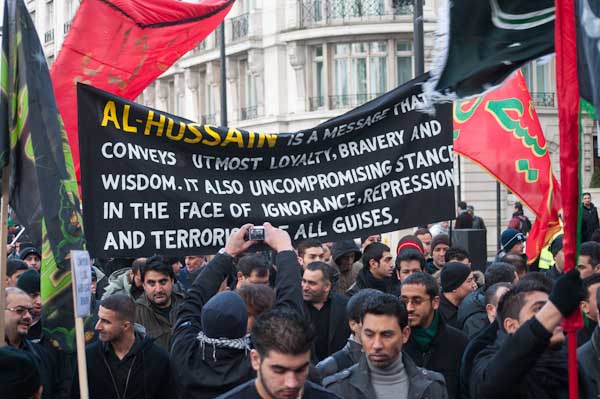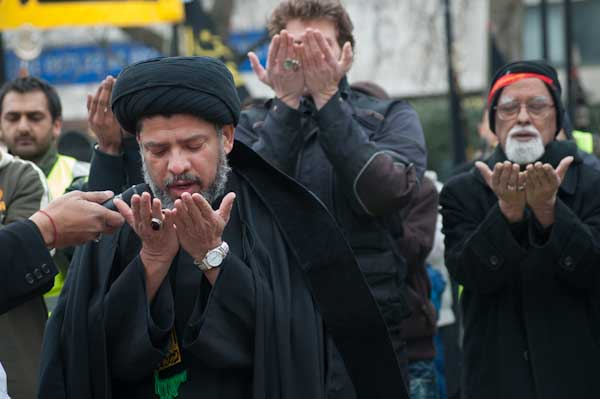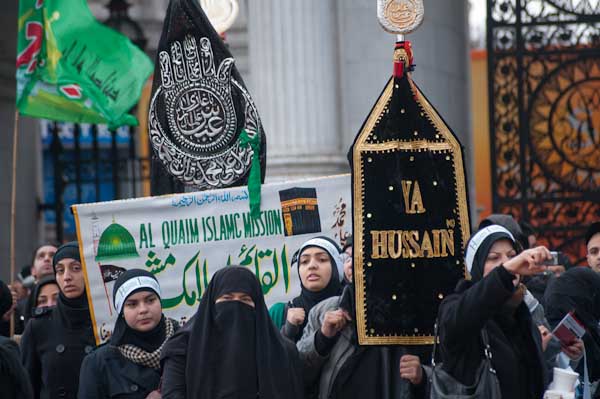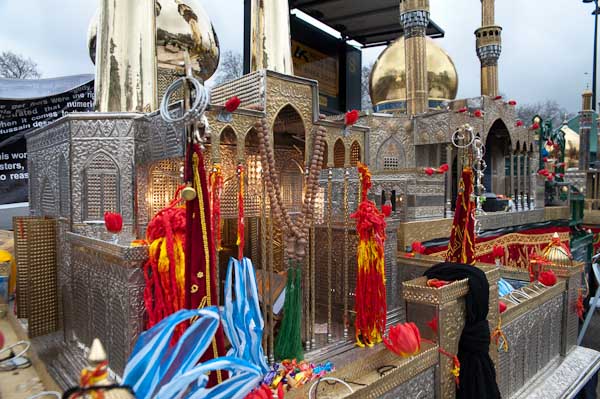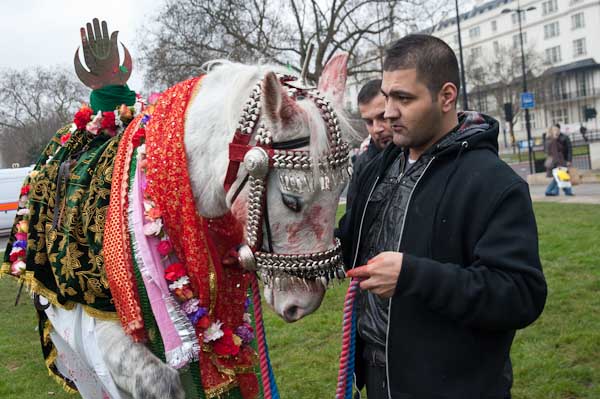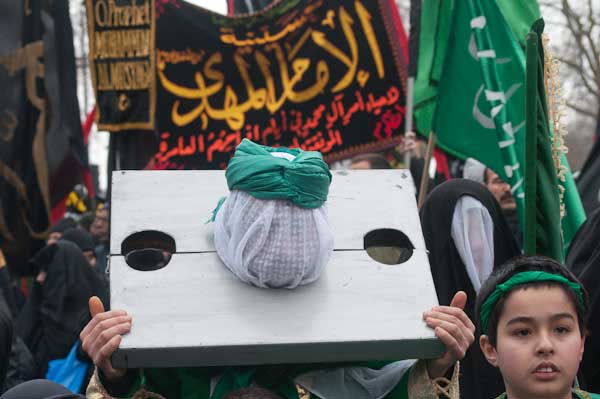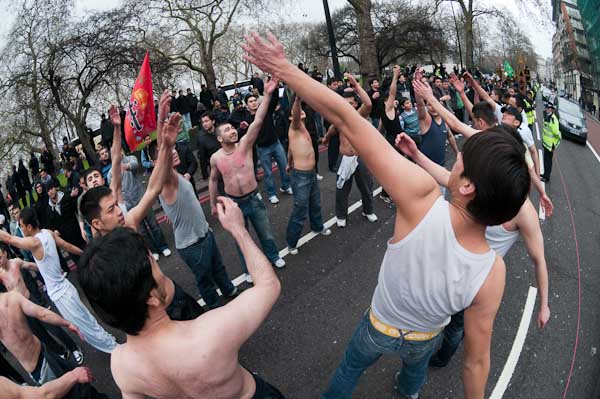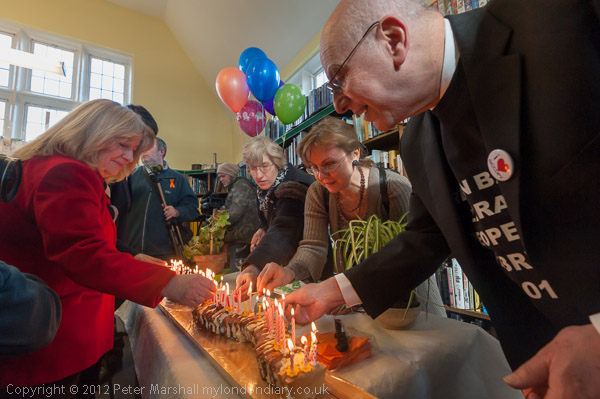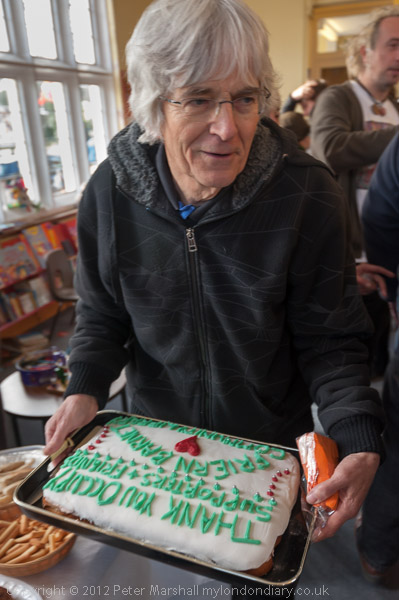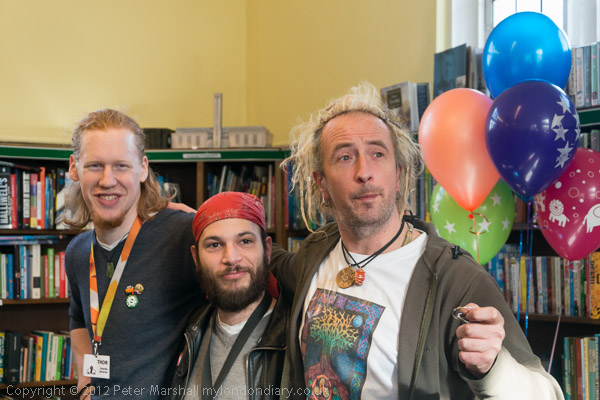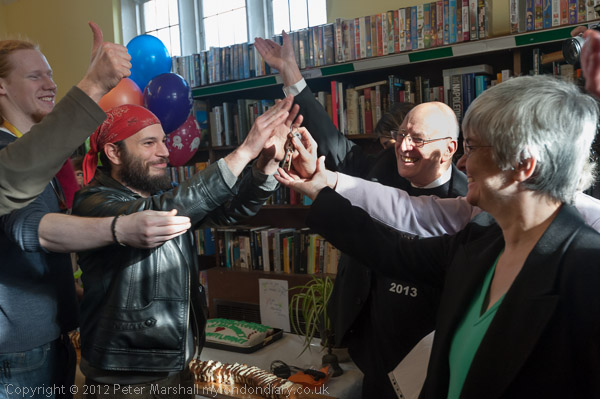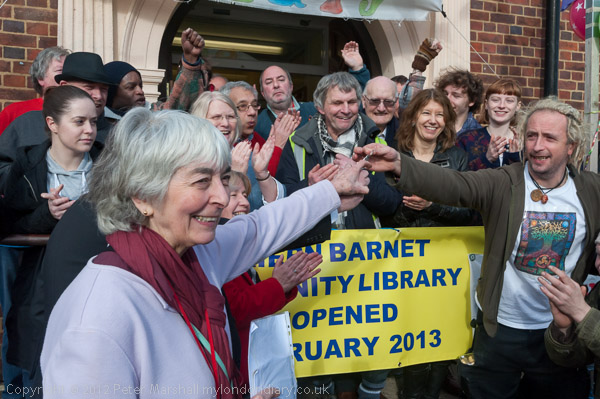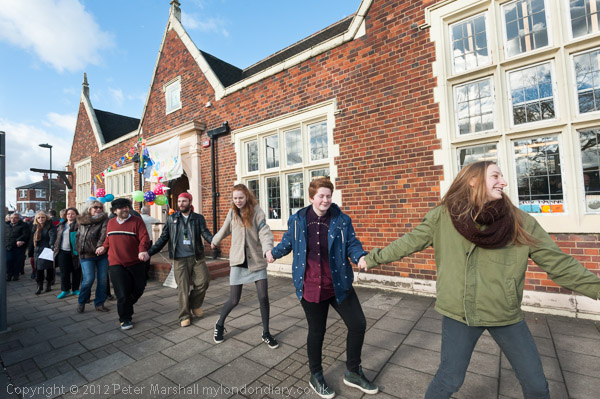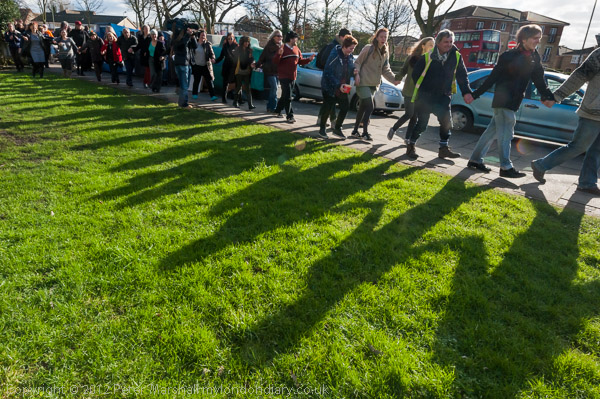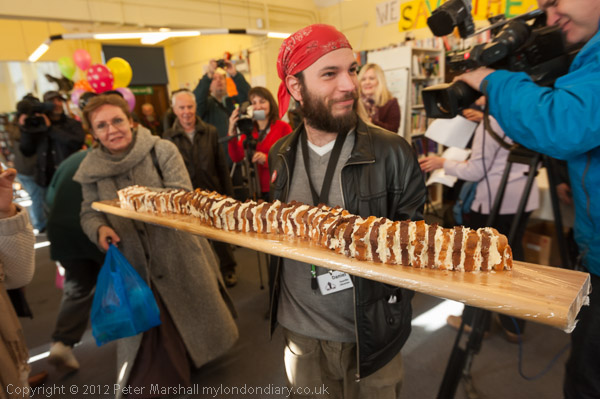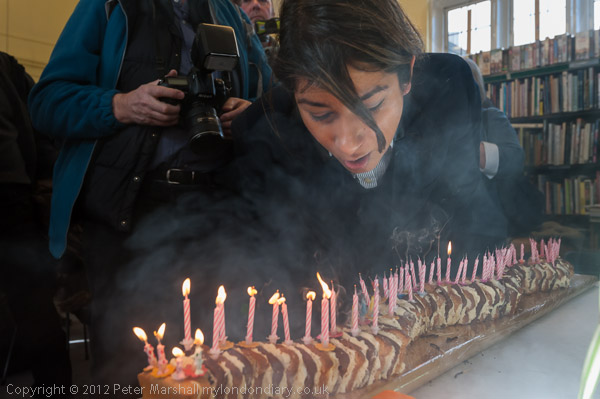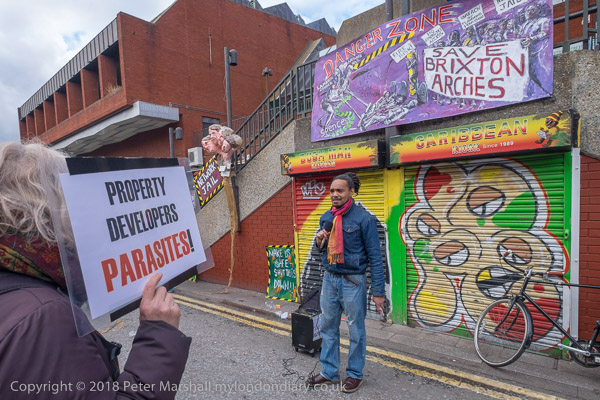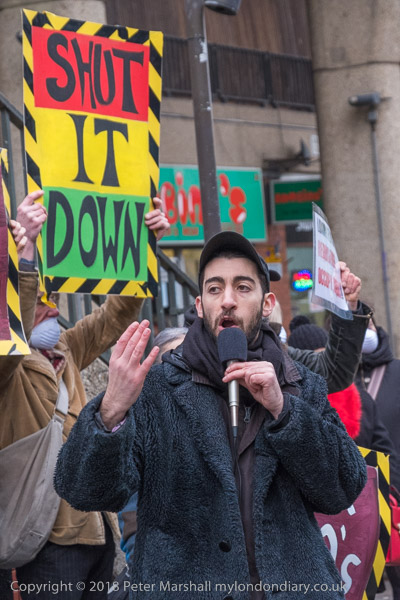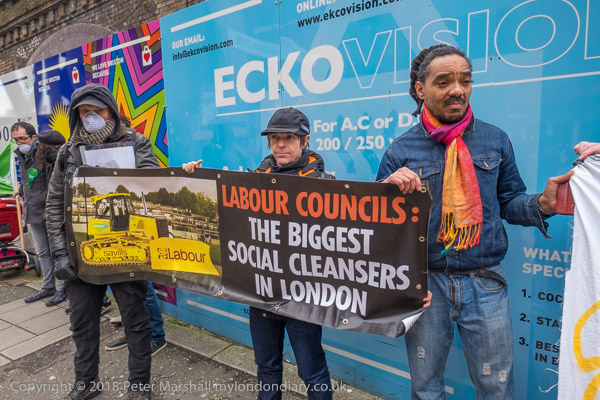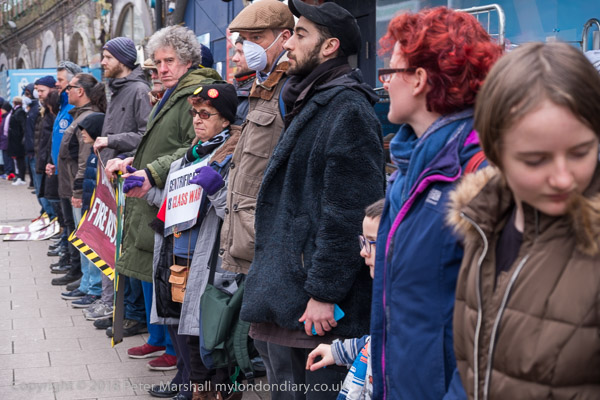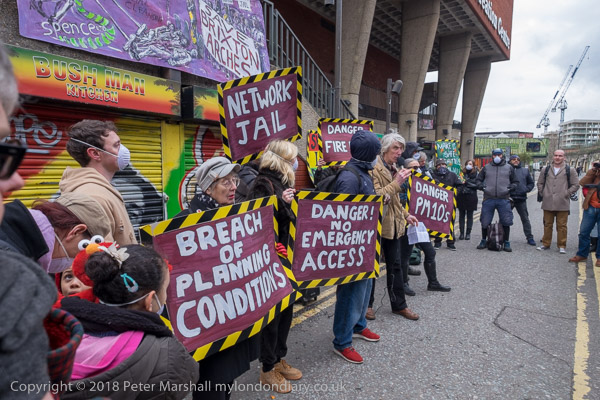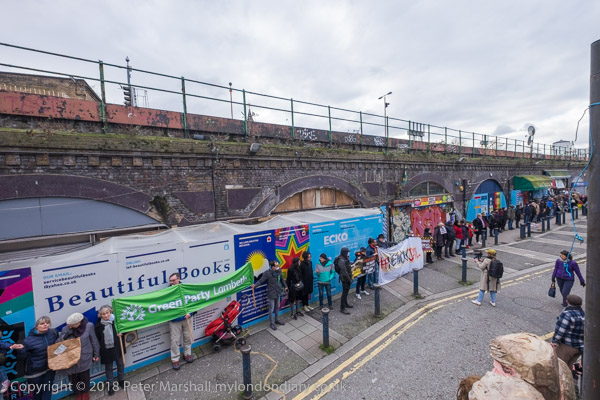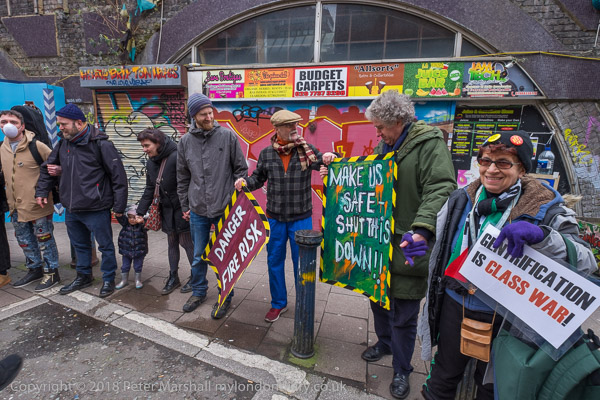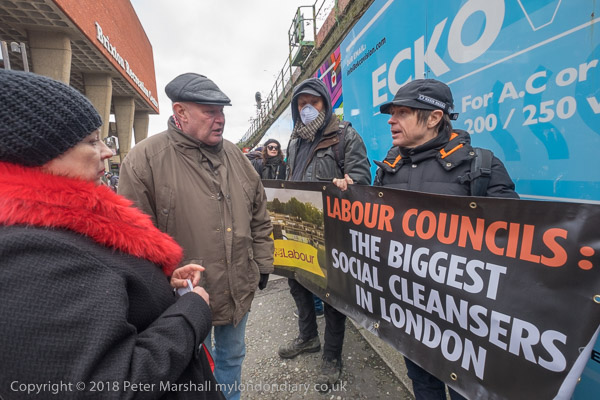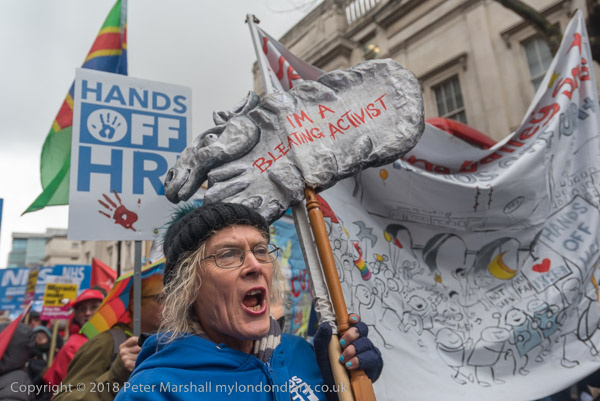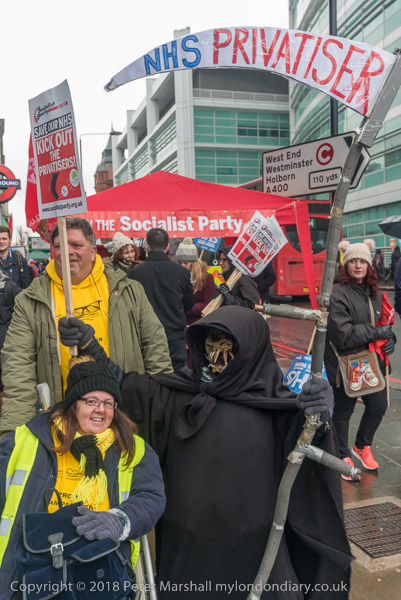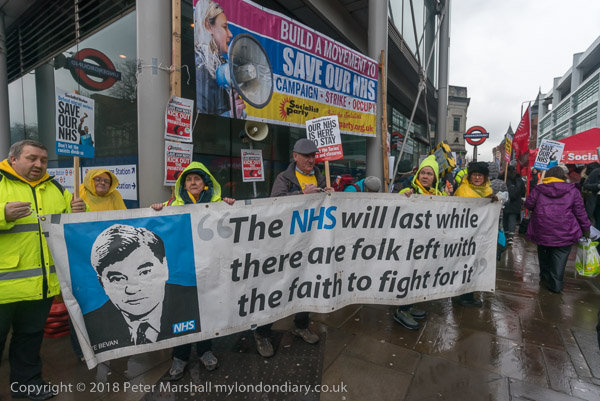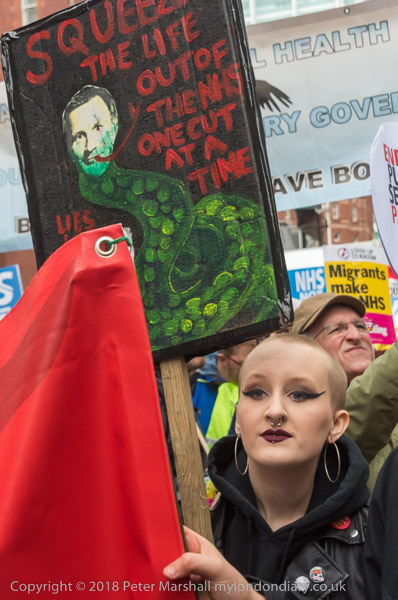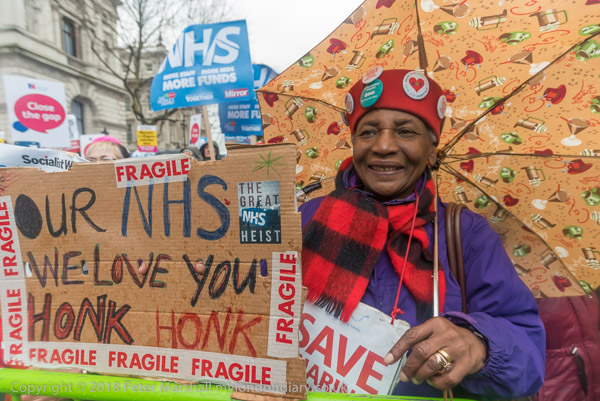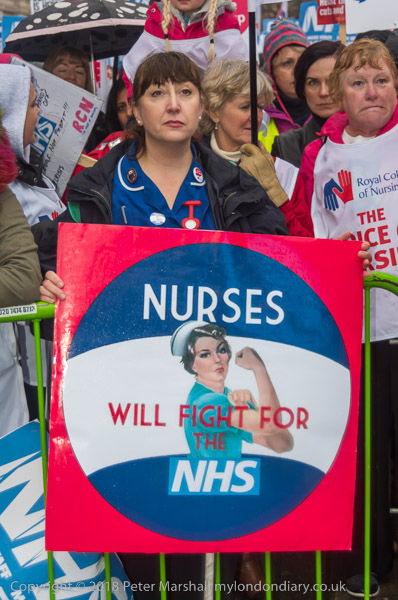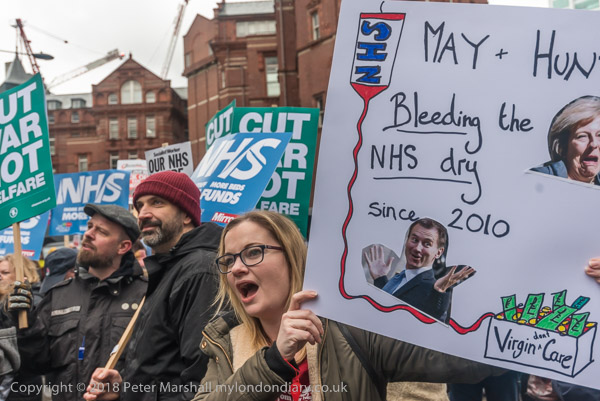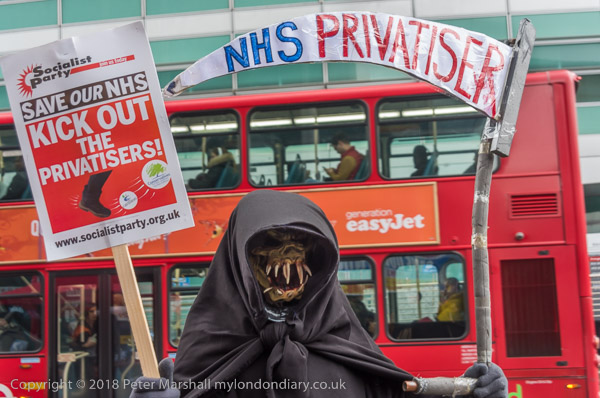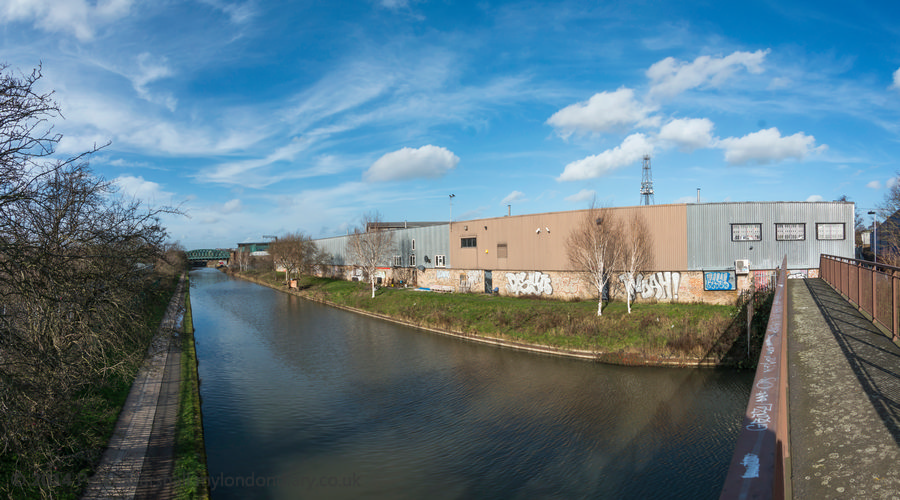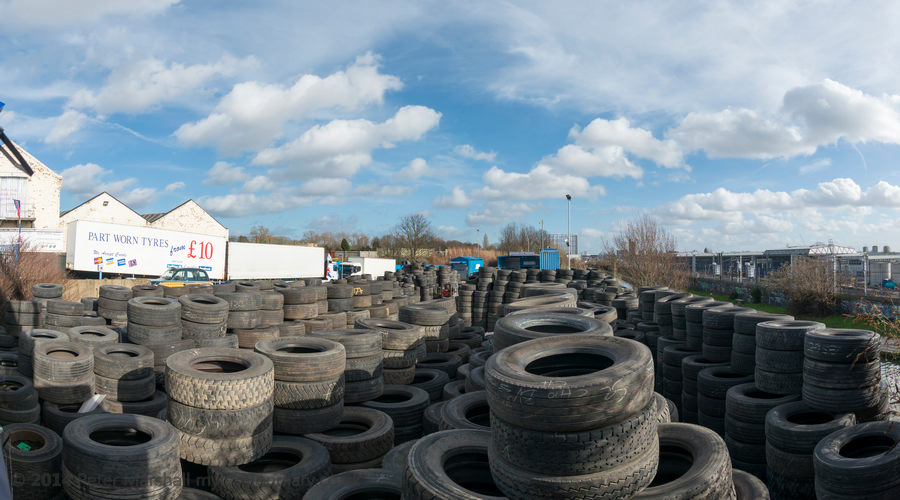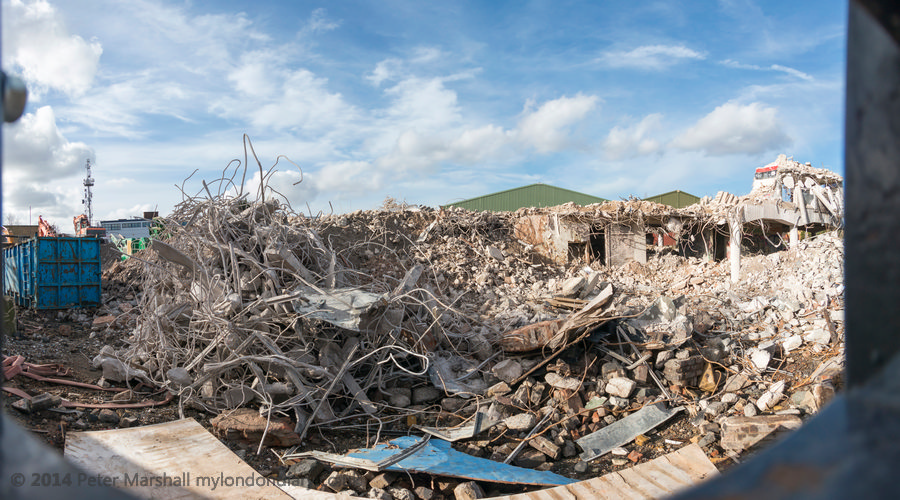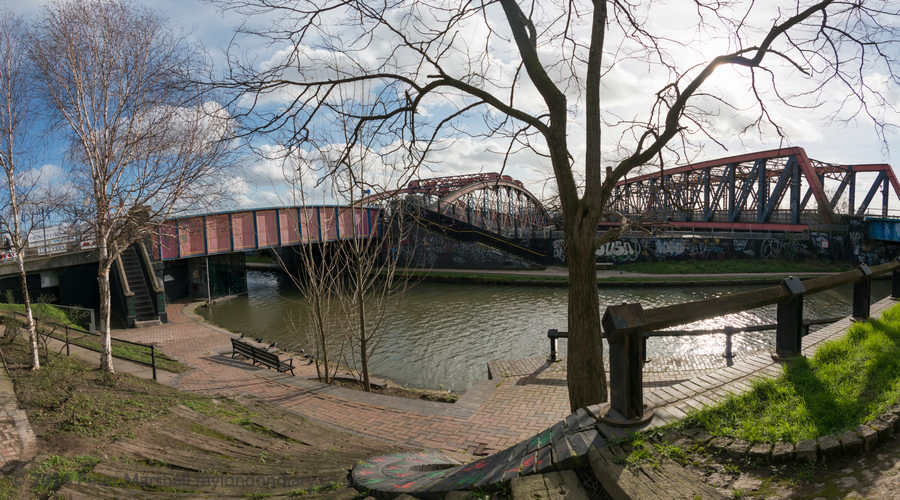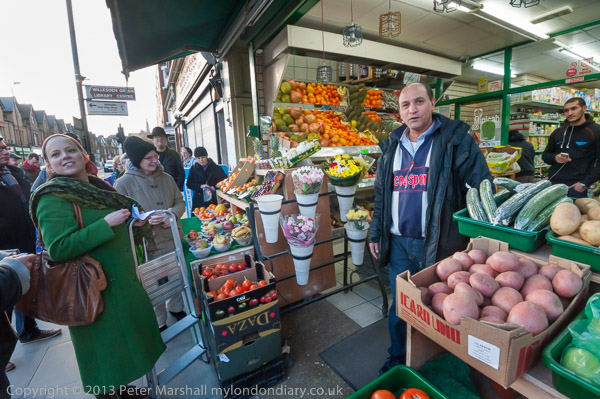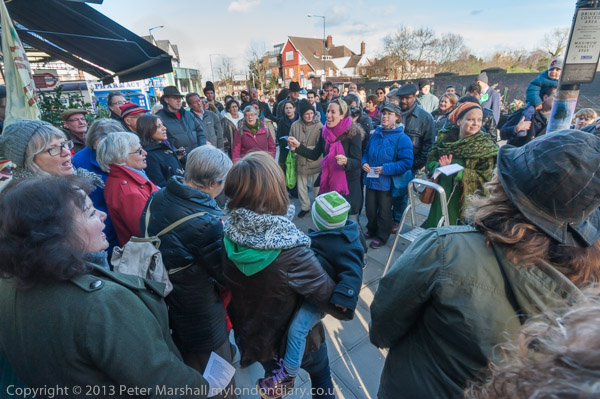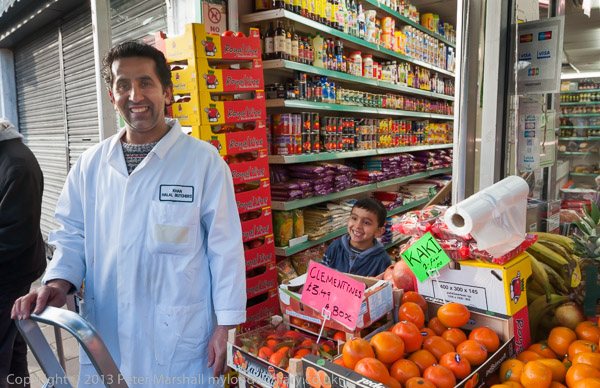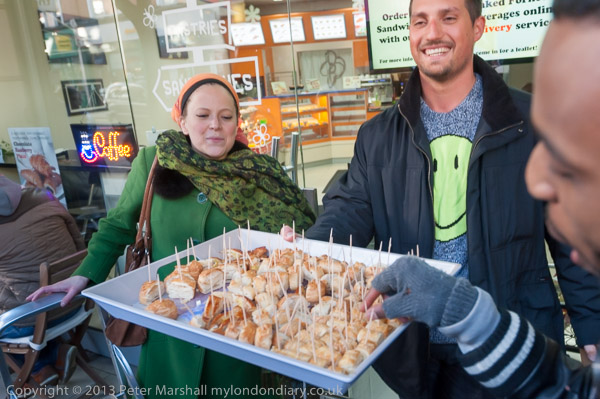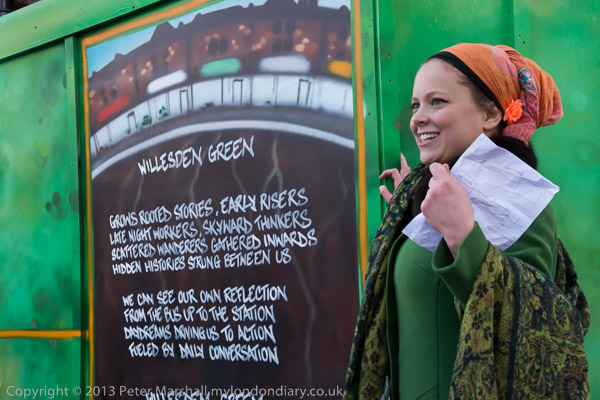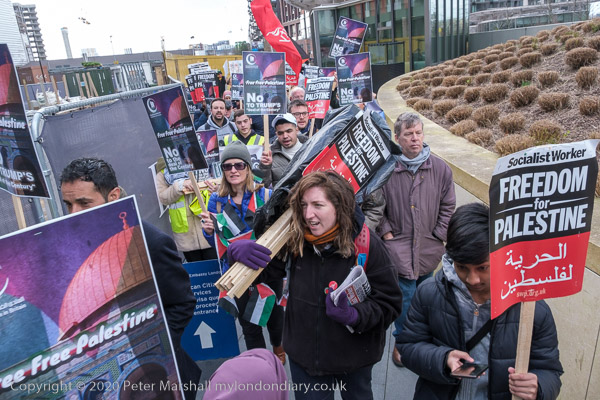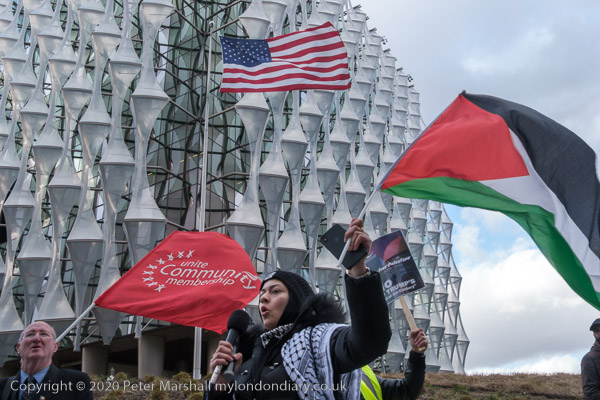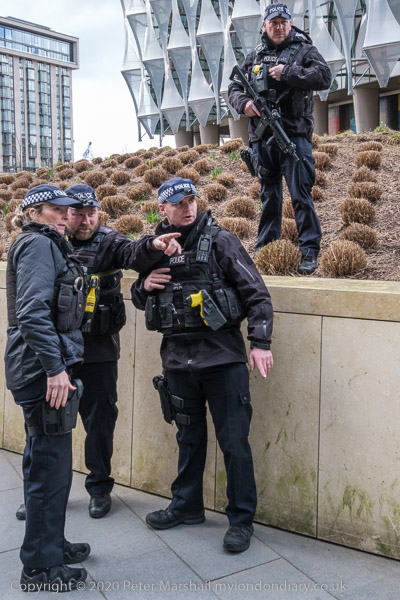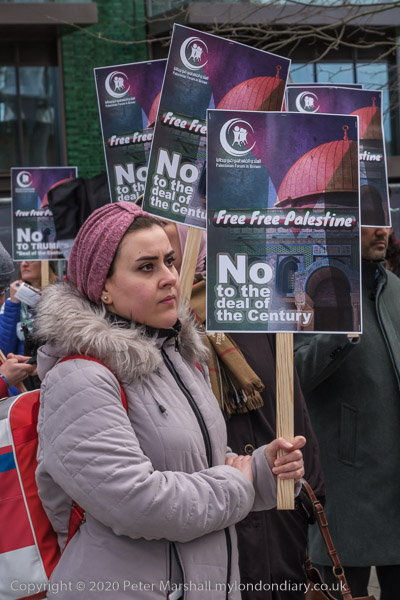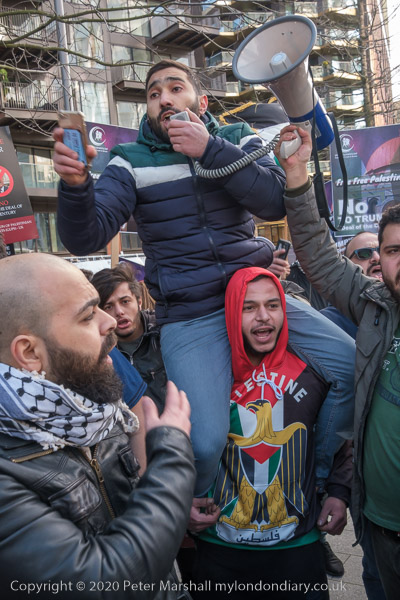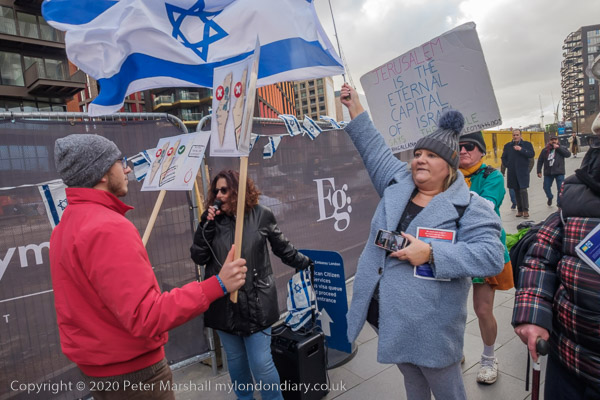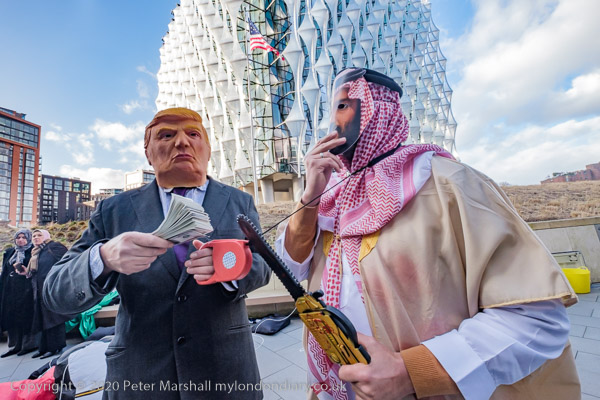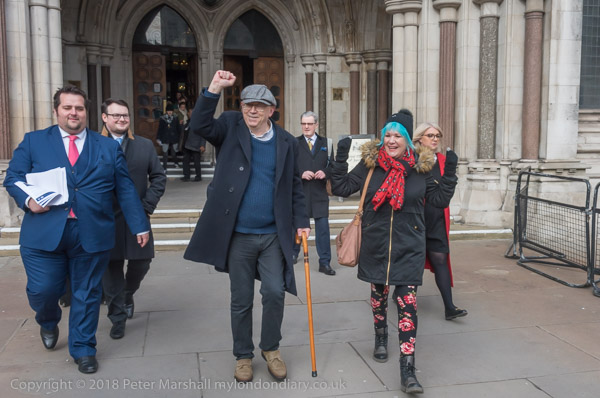
Three years ago today, on 8 Feb 2018, Class War had planned a protest outside London’s tallest building, the Shard, to point out the housing crisis, which is currently affecting many in London. They chose to protest at the Shard, because there are ten £50m apartments there which have remained empty since the building was completed.
We don’t actually have a housing shortage as there are more than enough properties for everyone to have a decent home. The problem is that current policies allow property to be left empty and encourage developers to build high priced flats which either remain unsold or are bought as investments and largely left empty for all or most of the time. There were then plans to build a further 26,000 flats in London costing more than a million pounds each, many on former council estates where social housing has been demolished at a time when London has a huge housing crisis with thousands sleeping on the street, and over 100 families from Grenfell were still in temporary accommodation.
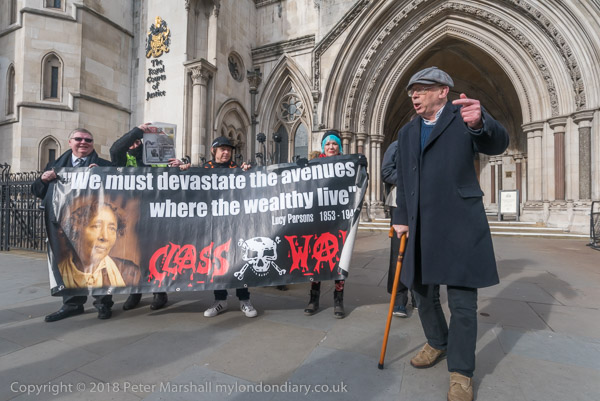
The owners of The Shard, the Qatari royal family, went to court to seek an injunction against the Class War protest, seeking an injunction against Ian Bone and “persons unknown” and, despite their fortune estimated at over £250 million pounds, seeking legal costs of over £500 from the 70 year-old south London pensioner.
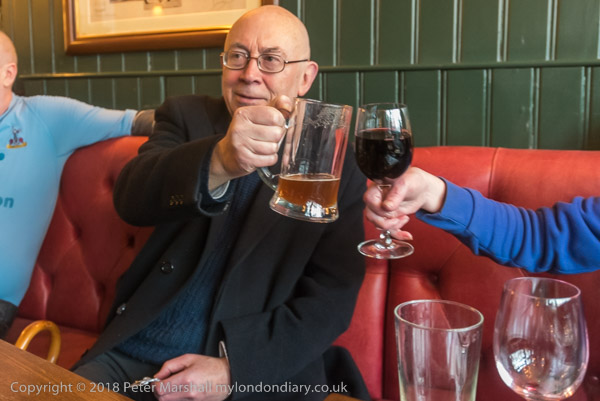
Fortunately barrister Ian Brownhill offered to conduct Bone’s defence pro bono and in the High Court hearing the Qatari royals were forced to drop the attempt to ban protests and the demand for fees but Bone accepted a legal restriction on him going inside the Shard and its immediate vicinity. But that meant the planned protest that evening could still go ahead, and Bone and his team emerged from the court victorious. His health issues meant that he was himself in any case unable to attend the protest.
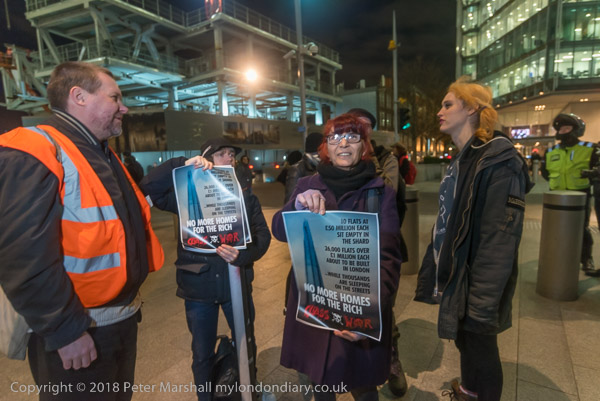
At the protest there were large numbers of police and security, along with many in plain clothes and two officers with search dogs. The protest was always intended to be a peaceful one and the protesters were careful to remain outside the boundary of The Shard, marked with a metal line in the pavement. The police nonetheless harassed them, making a patently spurious claim that they were causing an obstruction to commuters attempting to enter London Bridge station and trying to move them further away from The Shard. Although the protest clearly wasn’t causing any serious problems to those entering or leaving the station, the larger numbers of police and security were.
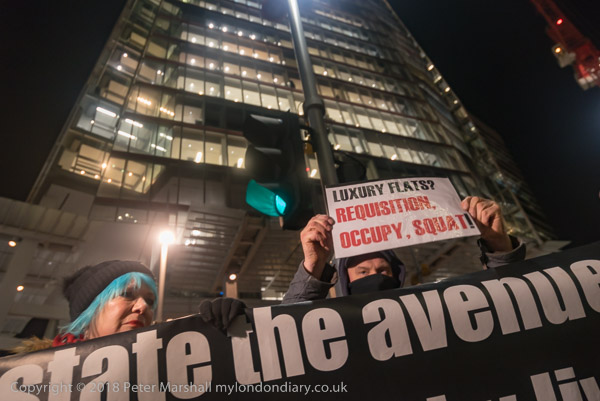
Three years on, London still has a huge problem, with huge numbers of unaffordable flats still being built, particularly in the huge development area in Vauxhall and Nine Elms, including the developments around the US Embassy and the former Battersea Power Station. Some developments here include small areas of social housing, with ‘poor door’ entrances hidden away around the backs of some of the towers, the residents or which are excluded from the many facilities which are provided for the wealthy.

While blocks have large and well-furnished foyers with a concierge service for the rich, as well as some recreational facilities, social housing tenants typically enter a narrow bleak corridor with no space even for parcel deliveries. Just like the block in Aldgate where Class War’s long series of protests put the issue of ‘poor doors’, where poorer tenants are segregated from their wealthy neighbours on the national agenda back in 2014.
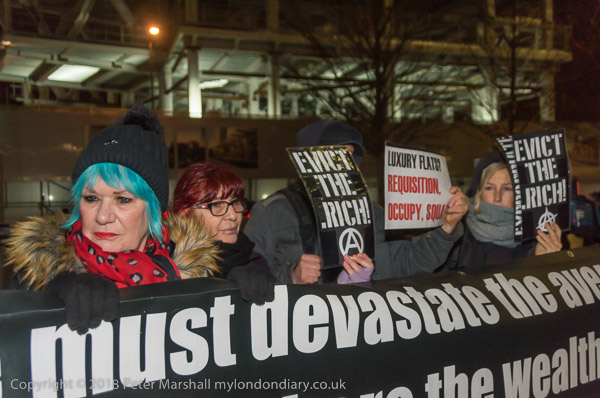
In July 2019, Communities Secretary James Brokenshire was “appalled” by the examples of segregation he had seen and promised to put an end to the use of “poor doors” in housing developments in England. It appears to have been a Broken promise, and Class War are thinking it is time for more action.
Class War protest at Shard
Class War victory against Qatari Royals
All photographs on this and my other sites, unless otherwise stated, are taken by and copyright of Peter Marshall, and are available for reproduction or can be bought as prints.
